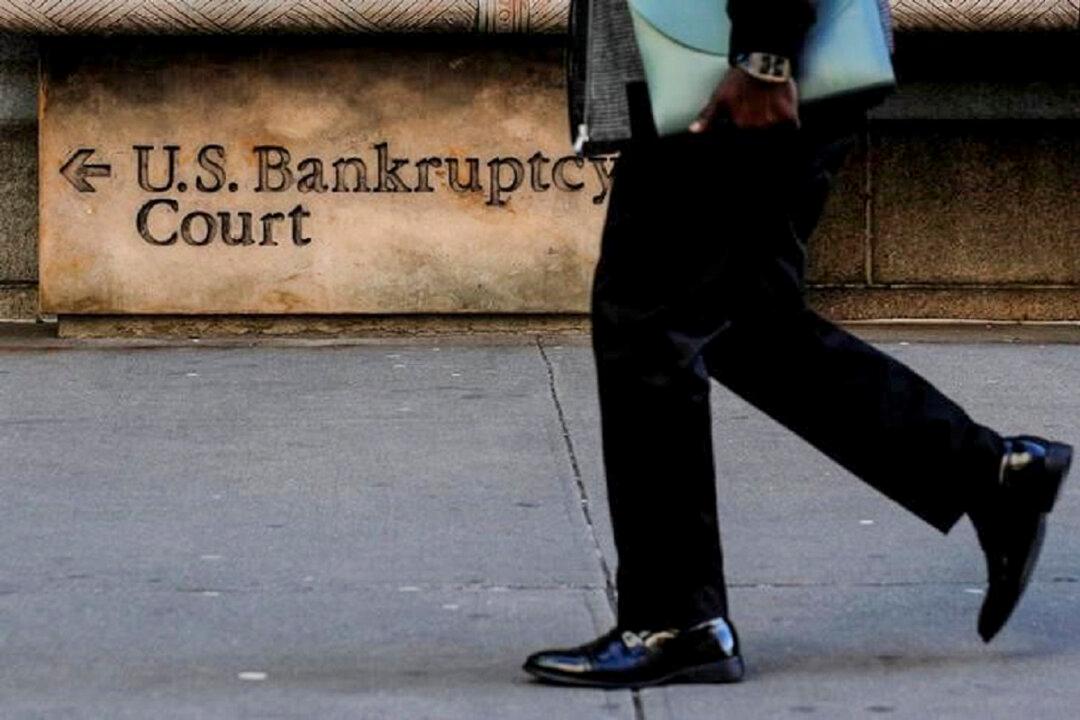Bankruptcy filings in the United States increased over the past year among both individuals and businesses, according to the Administrative Office of the U.S. Courts.
“Annual bankruptcy filings totaled 486,613 in the year ending June 2024, compared with 418,724 cases in the previous year,” according to a July 25 statement.





